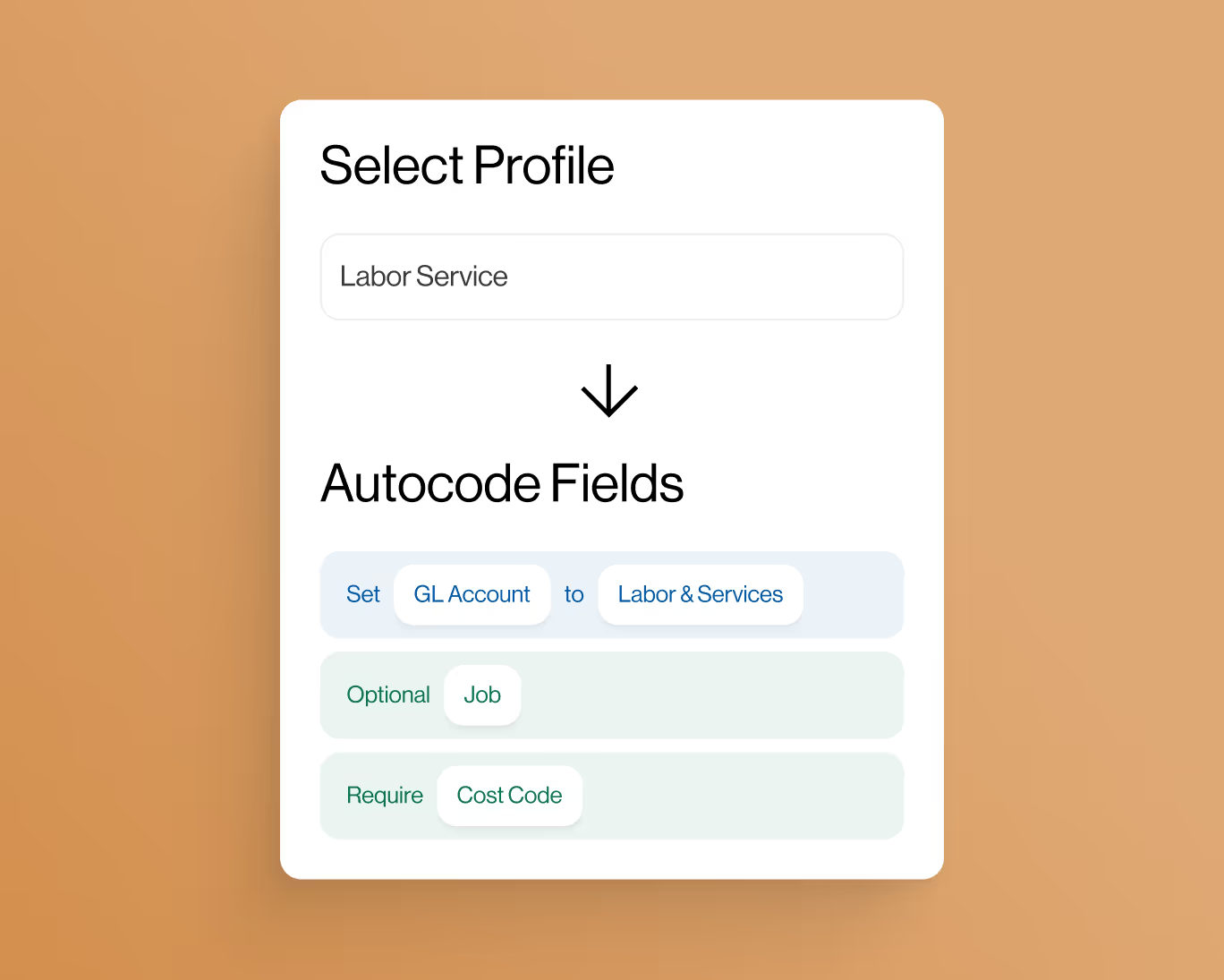Acceleration Directive in Construction Projects
Introduction
In the world of construction management, project schedules and timelines are crucial to ensure successful project delivery. In situations where projects experience delays or need to be completed more rapidly, an acceleration directive can play a pivotal role. An acceleration directive is a strategic order issued by the project owner or management to expedite the construction process. In this article, we will delve into the concept of acceleration directives and their significance in construction projects.
Understanding the Acceleration Directive
An acceleration directive is a formal instruction issued to the construction team to increase the pace of work and accelerate project completion. It may involve adding extra resources, implementing additional shifts, or adopting more efficient construction methodologies to meet the revised timeline. The acceleration directive is often invoked in response to changing project requirements, unforeseen delays, or the need to meet urgent project deadlines.
When is an Acceleration Directive Issued?
An acceleration directive is typically issued under certain circumstances:
1. Project Schedule Changes
If there are modifications to the project schedule due to external factors or contractual obligations, an acceleration directive may be issued to align the construction timeline accordingly.
2. Time-Sensitive Projects
For projects with strict deadlines or events tied to specific dates, an acceleration directive is utilized to ensure the project's timely completion.
3. Mitigating Delays
In situations where a project experiences unforeseen delays, the project owner or management may issue an acceleration directive to expedite the work and minimize overall project delays.
Implementing an Acceleration Directive
Implementing an acceleration directive requires careful planning and collaboration among project stakeholders:
1. Clear Communication
The directive must be communicated clearly and unambiguously to the construction team. All parties involved should understand the objectives, revised schedule, and any additional requirements.
2. Resource Allocation
Resource allocation is crucial to ensure that sufficient manpower, materials, and equipment are available to meet the accelerated project timeline.
3. Monitoring and Evaluation
Regular monitoring and evaluation are essential to track progress and address any potential roadblocks. This ensures that the accelerated work aligns with the desired project outcomes.
Benefits and Challenges
Acceleration directives can offer several benefits but also come with challenges:
1. Timely Project Completion
An acceleration directive can lead to timely project completion, meeting critical deadlines and contractual obligations.
2. Increased Costs
Acceleration may result in higher costs due to overtime work, additional resources, and expedited procurement. Proper cost management is essential.
3. Potential Impact on Quality
Expediting construction work can impact quality if not managed properly. Maintaining quality standards is crucial during acceleration.
Conclusion
Acceleration directives play a significant role in the construction industry, ensuring timely project completion and addressing unforeseen delays. When issued under the right circumstances and managed effectively, an acceleration directive can expedite project timelines without compromising quality. However, it requires clear communication, proper resource allocation, and vigilant monitoring to achieve successful outcomes. By embracing acceleration directives, construction projects can adapt to changing requirements and deliver projects on time, meeting the demands of today's dynamic construction landscape.










